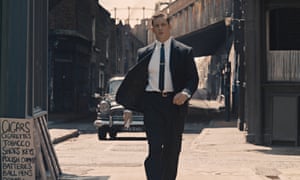You have been given the following guidance about exam technique. We have covered it many times in class orally and it is on my class blog HERE.
You have been emailed copies of marked exam scripts written by good Claremont students as well as OCR exemplar scripts (check your emails 18.04.16).
The mark scheme has been on the left side of the classroom whiteboard all year: 50 marks
2EAA (explanation, analysis, argument ) out of /20
2EG (examples) out of /20
2TM (terminology) out of /10
HOW TO STRUCTURE YOUR EXAM ANSWER:
HOW TO STRUCTURE YOUR EXAM ANSWER:
- State your area of study ('I have studied the film industry.')
- Define the key words in the title ( 'By media ownership, I understand...')
- Set out the case studies that you intend to use ('I intend to illustrate my points through the following case studies: Disney megafranchize (Jurassic Park, Avengers), British Film medium /low budget (Legend, '71), micro-budget indie (Tortoise In Love)'
- Use the 4 stages of film making (conception, production, distribution/marketing, exhibition) to step through your points
- Prepare sentences on your own viewing habits & your peers' and family's
- To reach level 4 marks, refer to trends
There are many pages of guidance on G322 Institutions and Audiences question 2 on the blog, all of which we have studied in class.
TEST ESSAY THURSDAY 28 APRIL 2016
Answer ONE question below in relation to the film
industry, making detailed reference to examples from your case study
material to support the points made in your answer.
June 2015
To what extent does media ownership have an
impact on the successful distribution of media products in the media are that
you have studied?
January 2014
The increase in hardware and content (=
proliferation) in media industries has been significant in recent years.
Discuss the effect this has had on institutions in the media area you
have studied.
June 2013
Evaluate the role of digital technologies in the marketing
and consumption of products in the media area you have studied.
January 2013
What impact does media ownership have upon the
range of products available to audiences in the media area you have studied?
June 2012
"Cross-media convergence and synergy are
vital processes in the successful marketing of media products to audiences.” To
what extent do you agree with this statement in relation to your chosen media
area?



